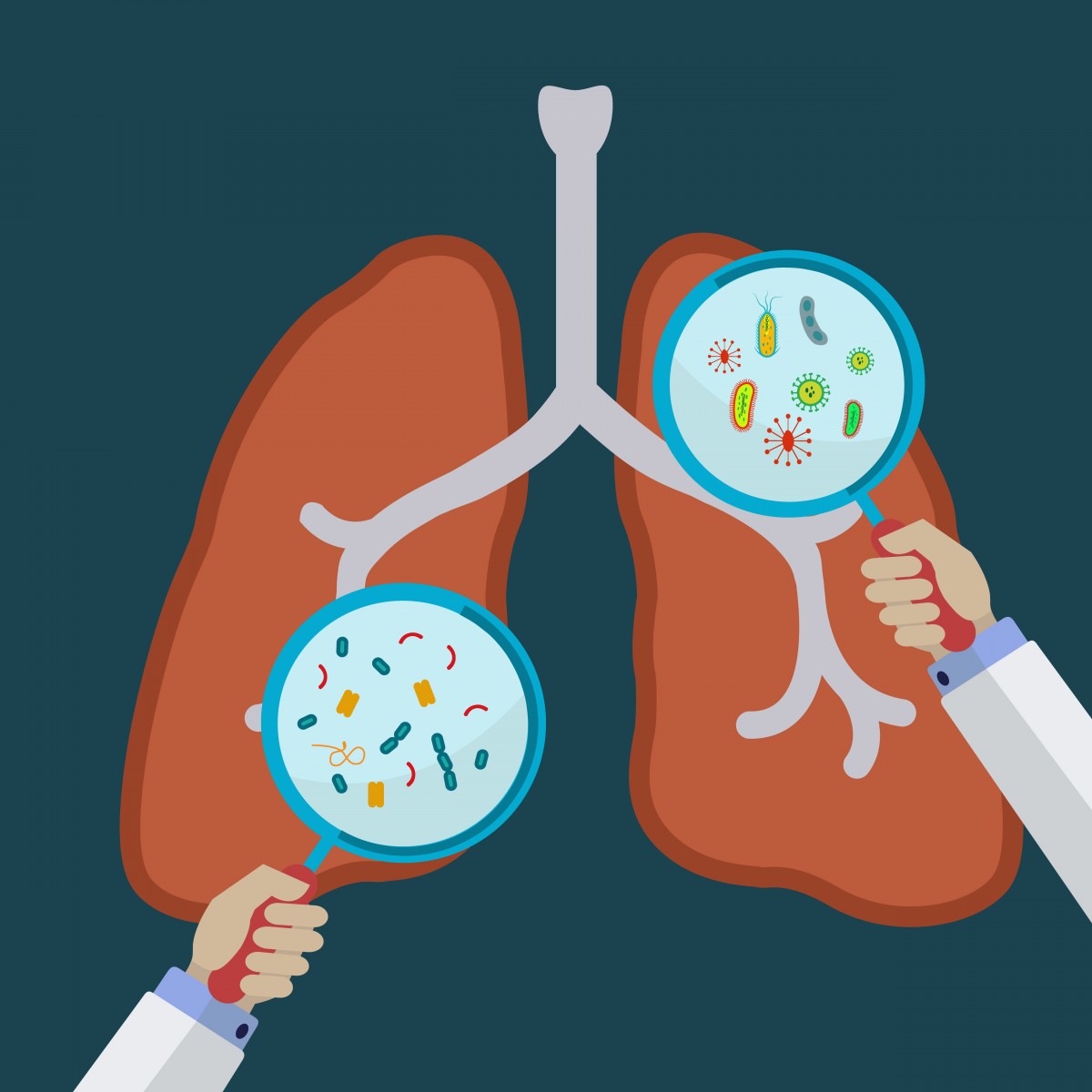Bacteria May Increase Risk of Fungal Infection in Cystic Fibrosis Patients’ Lungs, Study Reports
Written by |

Certain bacteria may increase the risk of fungal colonization in cystic fibrosis (CF) patients, according to a study in Germany.
CF makes a patient susceptible to chronic airway inflammation and infections, resulting in lung tissue damage. Scientists have long known that bacteria such as Pseudomonas aeruginosa and Staphylococcus aureus play roles in airway infections, but “the role of filamentous fungi [in infections] is poorly understood,” the researchers wrote.
An increasing number of CF lung infections are caused by the Scedosporium apiospermum fungi species or Lomentospora prolificans (Sac-Lp). It ranks second among filamentous fungi colonizing CF airways, after Aspergillus fumigatus. Sac-Lp fungus are opportunistic pathogens that can cause infections such as pneumonia and sinusitis.
Researchers decided to investigate the clinical relevance of pulmonary Sac-Lp colonization in patients with CF, and the predisposing factors for such infection.
The study, “Prospective multicenter German study on pulmonary colonization with Scedosporium /Lomentospora species in cystic fibrosis: Epidemiology and new association factors,” was published in the journal PLOS One.
In Germany, about 8,000 people have CF, with 200 new cases reported a year. The team analyzed 161 patients — 74 men and 87 women — with pulmonary Sac-Lp colonization at four CF centers in Germany.
Patients ranged from 6 to 59, with a median age of 23. Thirty-six percent were younger than 18. The control group consisted of 135 CF patients that had been infected with Sac-Lp but were no longer showing signs of its presence.
The prevalence of Sac-Lp colonization during the 43-month study was 4 percent of patients.
Researchers found an association between Sac-Lp colonization and an increased incidence of allergic bronchopulmonary aspergillosis (ABPA). They also found an association between Sac-Lp and an increase in the mucoid bacterial strain of Pseudomonas aeruginosa.
Another finding was that Sac-Lp co-colonization was reduced in patients with H. influenzae and Candida species infections.
The team noted an increase in Sac-Lp colonization among younger patients that was consistent with previous research. That association could reflect the time that younger people spend outdoors, where the fungus is pervasive in soil and water.
The “newly found association of ABPA and Pseudomonas revealed new probable risk factors for Sac-Lp colonization. Allergy might play a role in inducing immunologic host reactions which lead to a less effective response to species of Sac-Lp,” the researchers wrote.
“Based on our observations,” the team suggested “there be regular screening for ABPA in patients with Sac-Lp colonization. For further research it remains an interesting proposition to examine the chronological correlation of Sac-Lp colonization, the pathogen–pathogen interaction and the immunological host response to allergy and to infection or colonization with Sac-Lp.”






